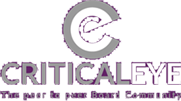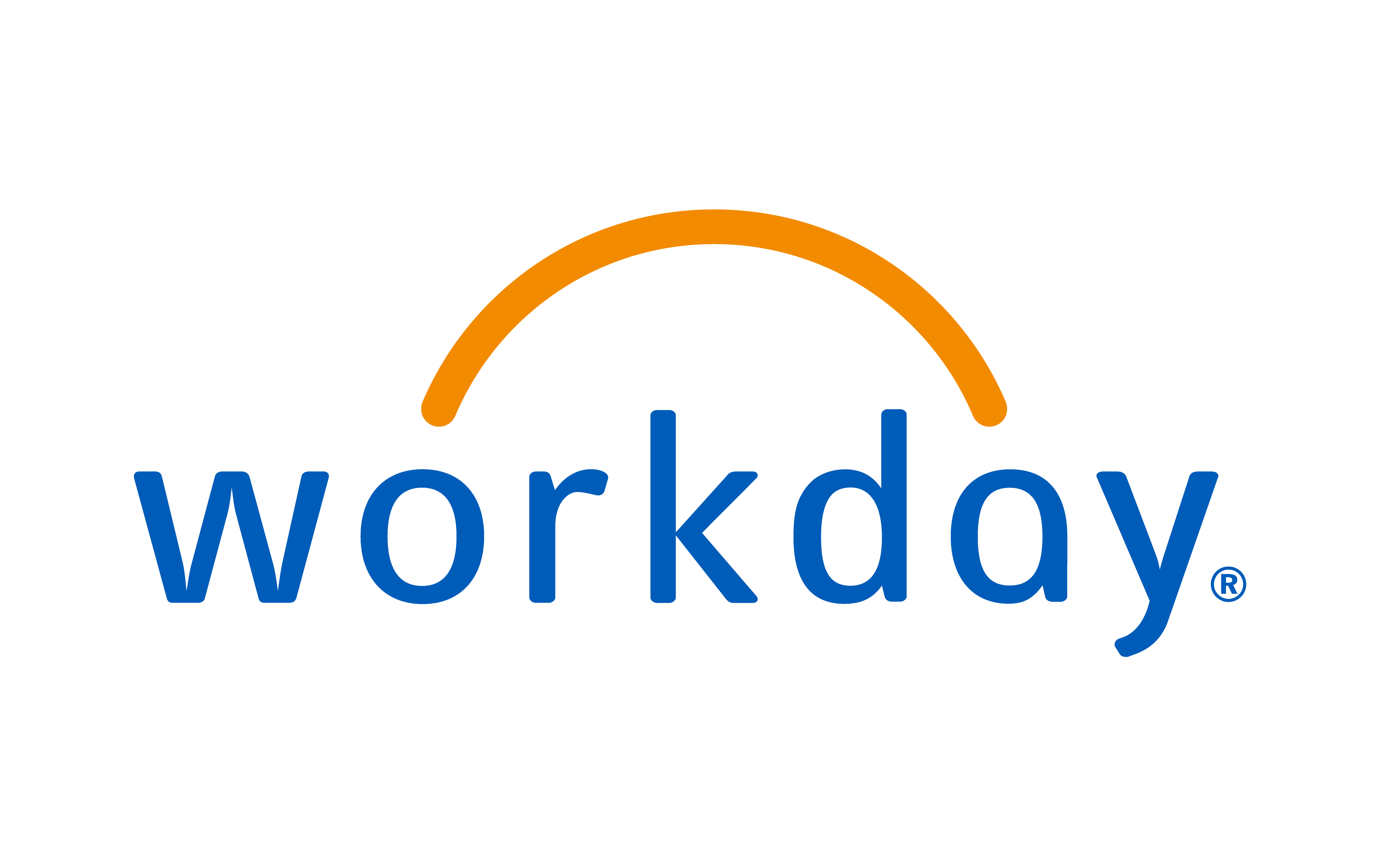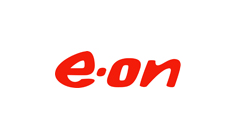
Leaders of large organisations know that to move fast they need flat structures and strong internal collaboration between divisions. Instead, what they are frequently faced with is a hot mess of heavily-siloed units, competing priorities and multiple technology platforms.
To overcome these barriers to collaborative working, execs need to understand why they have arisen in the first place, encourage more dynamic business structures and use incentives wisely.
Jerzy Nagorski, Relationship Manager at Criticaleye, says: “Breaking down organisational silos is all about leadership. Yes, the business model and structures need to be right, but unless a culture of collaboration is led from the top it won’t work.
"No cultural change is easy, but it needs the entire senior team to demonstrate collaborative working themselves and to demand and reward those behaviours in others.”
We asked business leaders and experts what has worked for them, and these are their tips for success.
Build a Dynamic Structure
As businesses grow, by default they often adopt more traditional structures, characterised by hierarchical control systems, centralised functions and divisions – all with the potential to encourage siloed working. An organisation’s ability to respond to the market quickly suffers if operational activities then start to be driven by internal needs rather than those of customers.
The finance function is one example, where monthly, quarterly and year-end reporting can dominate the services it provides for much of the time. David Axson, Managing Director of Accenture Strategy, believes this shouldn’t be the case: “Your customers and competitors don’t care about your accounting calendar – it's irrelevant to the marketplace,” he says.
Businesses need more flexible structures that allow them to operate in an agile way. “You need to think about events,” David explains. “Perhaps two competitors have merged: What does that mean for the business? Or, another competitor is experiencing financial difficulties: Does that mean they are an acquisition target? Businesses are now organising resources around those events.”
Use Purpose to Unify
Creating a common sense of purpose can be game-changing in any business. “The ability to unify people around a single goal can really help to break down organisational silos,” David says.
He shares his experience of visiting a multinational package-delivery business: “I walked into the Accounts Payable function and asked them what their job was, and they said: “To deliver packages on time.” I then walked into the supply chain function and the legal function and they responded in the same way.”
It wasn’t just lip-service either, the person he spoke to in Accounts Payable was able to demonstrate how their role was connected to this over-arching purpose. “They explained that if suppliers weren’t paid in a timely and accurate fashion then people wouldn’t want to do business with them and so engineers wouldn’t show up to carry out unplanned maintenance on a package-sorting line at 2am,” David says.
Illuminate any ‘Knock-on Effects’
Michael Williams is Chief Financial Officer and Chief Operating Officer of Glory Global Solutions – a business created when the Japanese business Glory purchased Talaris, a PE-backed, carved-out part of Delarue. As with many merged organisations, one of the first tasks was to pull the entities together and align ways of working.
"Overcoming silos is about changing people’s mindset so they can see how they are integral to the whole operation,” Michael says. “Everyone must understand the knock-on effect of their action or inaction.”
The business has used the concept of a Rubik’s cube to help people visualise how their activities intersect and impact those of their colleagues. Michael explains: “[The cube] has country, operational function and governance as its three dimensions. For example, people in Finance are part of the business, but also part of the control function and part of a country.
“If they go too far towards being all about their own country and function, but don’t think about the consequences on the global structure then that won’t work. We try to create and then enforce the notion of an equilibrium to stop skewed behaviour. Once behaviour skews you move back to silos,” he says.
This model is supported by redesigned HR systems. “Dual reporting lines are formally recognised in the performance appraisal process. No-one in the organisation can set objectives in the business unless the other dual-reporting manager agrees with them or inputs their own ideas,” Michael says.
Identify Motivating Factors
To change people’s behaviours, you also need to understand what is driving them to act in that way. Niamh Higgins, Group Conduct Risk and Regulatory Compliance Director at Legal & General, explains: “You can end up with silos because there’s a competitive atmosphere or non-alignment of interests, and so people can’t see the benefit of spending their time working with other parts of the organisation; it’s easier to do it themselves.”
You must work out what will encourage people to operate in a more collaborative way. Like Michael, Niamh recognises the importance of the appraisal process, saying: “The right reward structure is crucial. Or there needs to be another reason people feel they will benefit. For example, if by working with another area of the business they’ll get the opportunity to take part in a project which will boost their credentials.
“You need to understand what people’s personal motivating factors are – if you can tap into those then you’ll get better collaboration.”
Use Constructive Language
Any change programme will only be successful if people buy-into it, and to encourage that you need to show empathy and understanding. Peter Horrocks, Chair of the South East Midlands Local Enterprise Partnership, explains: “You mustn’t use language that implies silos are the fault of the people working there – they are behaving in that way because that is how the organisation was set up. As soon as you start blaming parts of the organisation it will create a very difficult dynamic.”
It’s also important to tailor your change message to the audience. “If you try to get everyone to think like the CFO or CEO it’s not going to work – not everyone can think in such a broad way. It’s important to give people the whole picture but breaking it down to a human level, and into things they can relate to, is also crucial,” Peter says.
He questions whether 'silos' is in fact the right term to use at all: “Instead you can frame it as ‘breaking down organisational teams’. At first, breaking up teams might not sound like the right thing to do, but you should be thinking about the appropriate size and nature of a team,” he says.
At the end of the day, most people enjoy working together. So, leaders need to understand how they can harness this in order to build and motivate teams that deliver the outcomes customers are now demanding.
Emma Carroll, Senior Editor, Criticaleye
Next week’s Community Update will offer suggestions for those must-have reads that will be filling up your suitcase as you jet off this summer.









 (002).png)
















